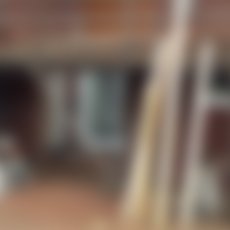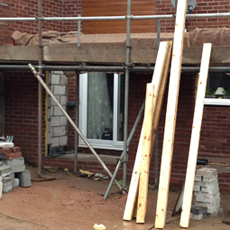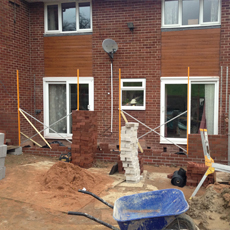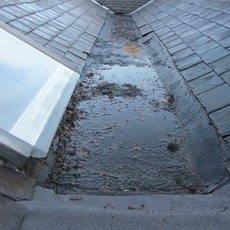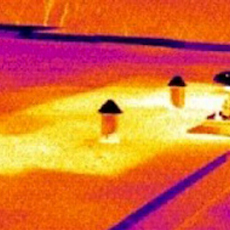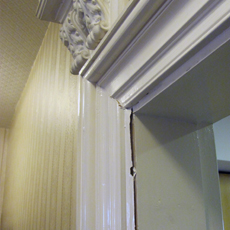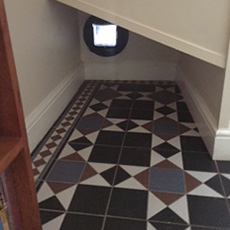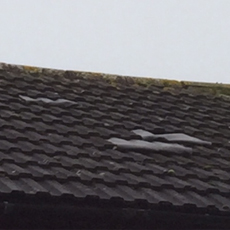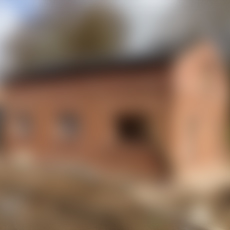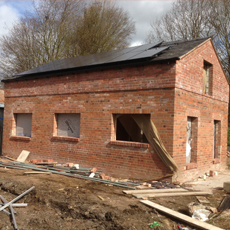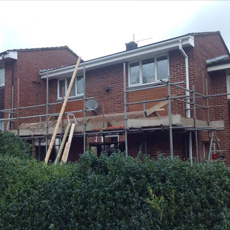Expert advice on how to find and fix a roof leak in an emergency
The source of most roof leaks is hard to find because it originates away from where the leak shows up – but a decent builder can offer you expert advice on how to find and fix a roof leak in an emergency.
In order to find the source of a leak, follow a roofer’s advice and “think like water.” Water typically comes in through worn, broken, or missing shingles; where nails have worked loose; or through corroded or poorly sealed roof flashing around vents, skylights, or chimneys or along the intersections of roof planes.
A roof leak often travels down a rafter, showing up down-roof from where it begins.
Once water passes the roofing, it flows along the sheathing, roof rafters, or topside of ceilings until it finds a place to drip down—inevitably onto your favourite piece of furniture.
Look for a roof leak during the day. Go into the attic with a bright flashlight; step only on secure framing members and never on the insulation or topside of the ceiling below—neither of these will support you! Start above the place where the drip has occurred and work your way up the roof, looking for wetness along the framing members.
If the weather has been dry for a while, look for watermarks, stains, or discolourations on the wood made by moisture. Then switch off the light and try to find a hole where daylight shows through the roof. (With a wood-shingle roof, you’ll see many such places, but while the overlapped shingles let light show through they shed water.) If it’s still raining, put a bucket under the leak in an area with proper support. Let the bucket collect the drips and fix the leak when the weather clears.
The best thing to do though is to get expert advice from a reputable Shropshire/Mid Wales builder, like Sherratt Builders. We have all the equipment that can help us locate your leak quickly and safely and years of experience in fixing them correctly. Just give us a call for more advice – dry weather is the best time to check on your roof before the wet weather comes in the winter.



